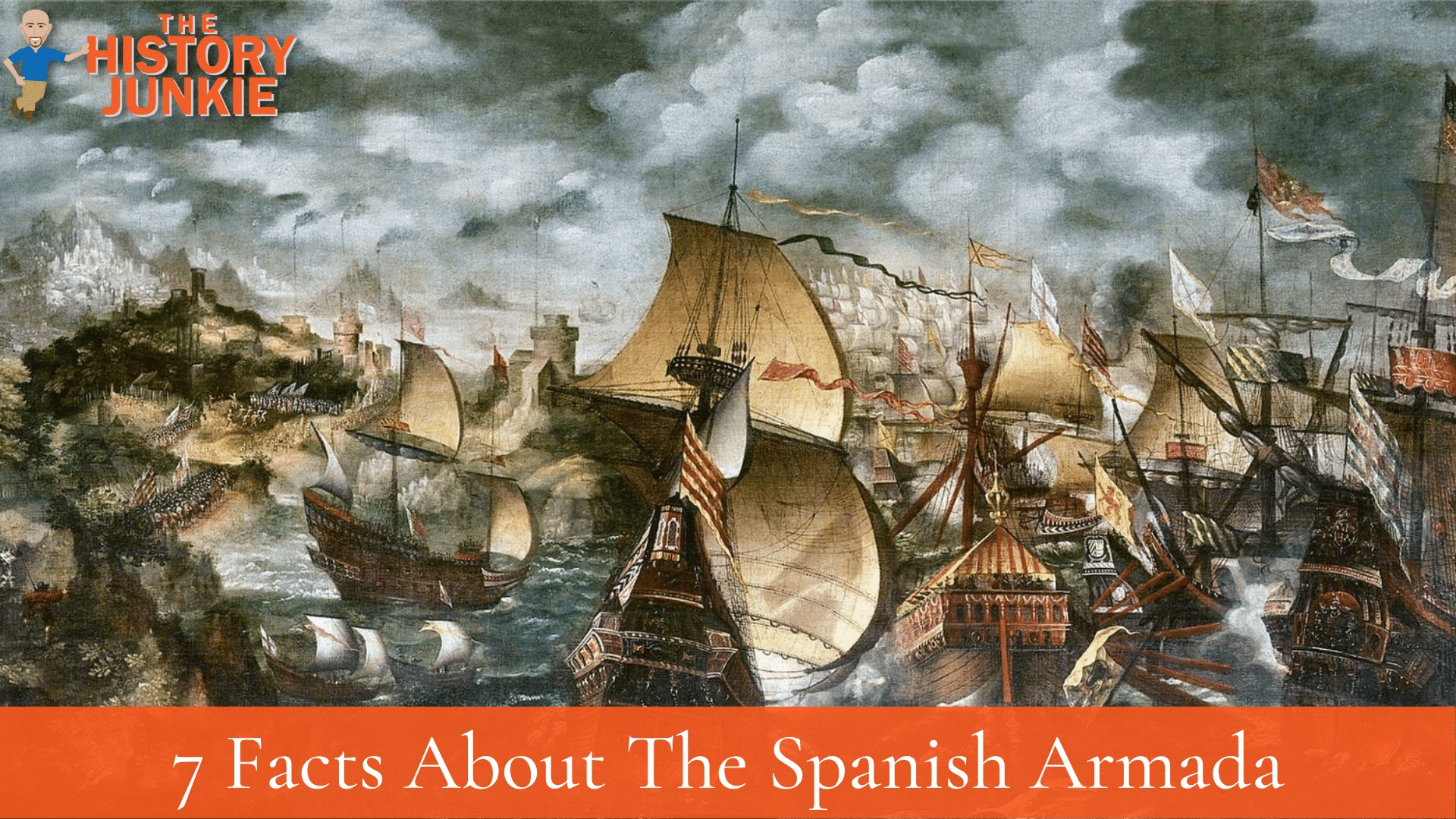
Jump to:
- #1. Their Mission Was To Overthrow Queen Elizabeth
- #2. Sir Francis Drake Delayed the Attack by a Year.
- #3. Philip Picked the Duke of Medina Sidonia to Lead The Attack
- #4. Sit Francis Drake's Initial Attacks Were Quickly Repulsed
- #5. The Spanish Broke Their Formation
- #6. The English Took Control
- #7. A Storm Finished The Spanish Armada Off
#1. Their Mission Was To Overthrow Queen Elizabeth
The attack of the Spanish Armada began decades prior to its defeat.
The Spanish had contentions with the English since King Henry VIII's divorce from Catherine of Aragon. The couple had a daughter, Mary, but Henry wanted a son for his heir, and Catherine was unable to give him one.
Henry VIII's next wife was Anne Boleyn, who would give birth to Elizabeth. Anny would end up without her head, and Henry VIII would marry again, this time to Jane Seymour. Jane would die giving birth to Arthur, Henry VIII's only son.
After his death, Arthur took the throne, but he would die young, and the throne would go to Mary. Mary was a devout Catholic and would begin to persecute the Protestants. She also died, and Elizabeth would assume the throne and ushered in a new age for England.
Elizabeth, like her mother, was a devout Protestant, which would cause issues with Catholic Spain and King Philip II. He would set sail to overthrow Elizabeth and place a Catholic monarch on the throne of England.
#2. Sir Francis Drake Delayed the Attack by a Year.
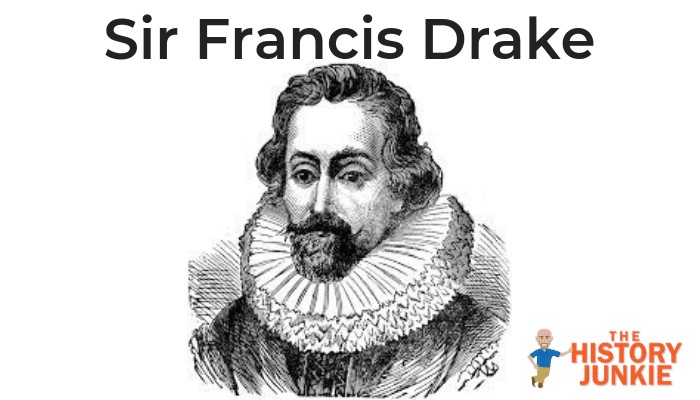
The raid on Cádiz was a series of attacks by the English privateer Francis Drake against the Spanish in the summer of 1587, beginning in April with a raid on Cádiz.
This was an attack on the Spanish naval forces assembling in the Bay of Cádiz in preparation for the planned expedition against England.
Much of the Spanish fleet was destroyed, and substantial supplies were destroyed or captured. There followed a series of raiding parties against several forts along the Portuguese coast.
A Spanish treasure ship returning from the Indies was also captured.
The damage caused by the English delayed Spanish preparations for the Armada by at least a year.
#3. Philip Picked the Duke of Medina Sidonia to Lead The Attack
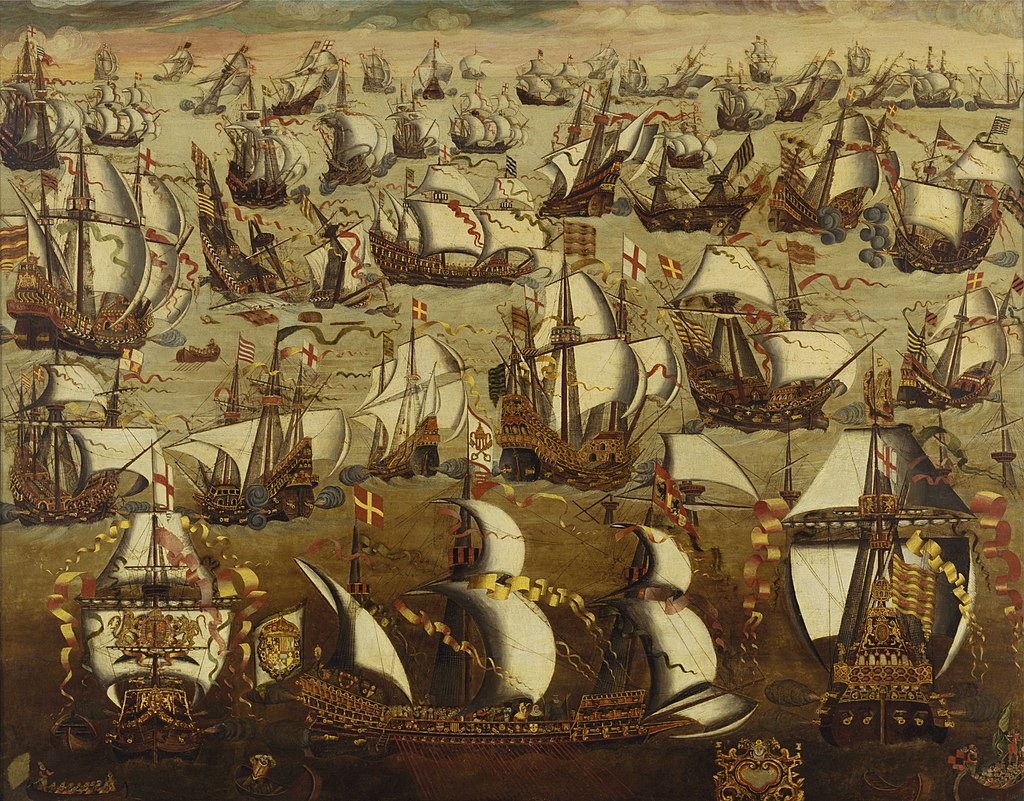
This was an odd choice, and many still question the decision of Philip to place the Duke of Medina Sidonia in charge of the attack.
His decision was due to the death of his accomplished admiral, Santa Cruz, but the decision was still puzzling.
The Duke was viewed as a very good general but had little sea experience and became seasick shortly after leaving the port.
This decision would prove to be the wrong one.
#4. Sit Francis Drake's Initial Attacks Were Quickly Repulsed
It took some time for Drake to get his ships into the English Channel, and when he did, they were not that effective.
The Spanish formation proved to be effective against Drake, and he would end up doing little but wasting ammunition.
The Spanish fleet was well disciplined and well built to repel attacks, and their fighting ability was superior at close range.
The initial battle would rage for 5 days. The Spanish anchored off of Gravelines in order to preserve their ammunition and wait for their invasion force to arrive.
#5. The Spanish Broke Their Formation
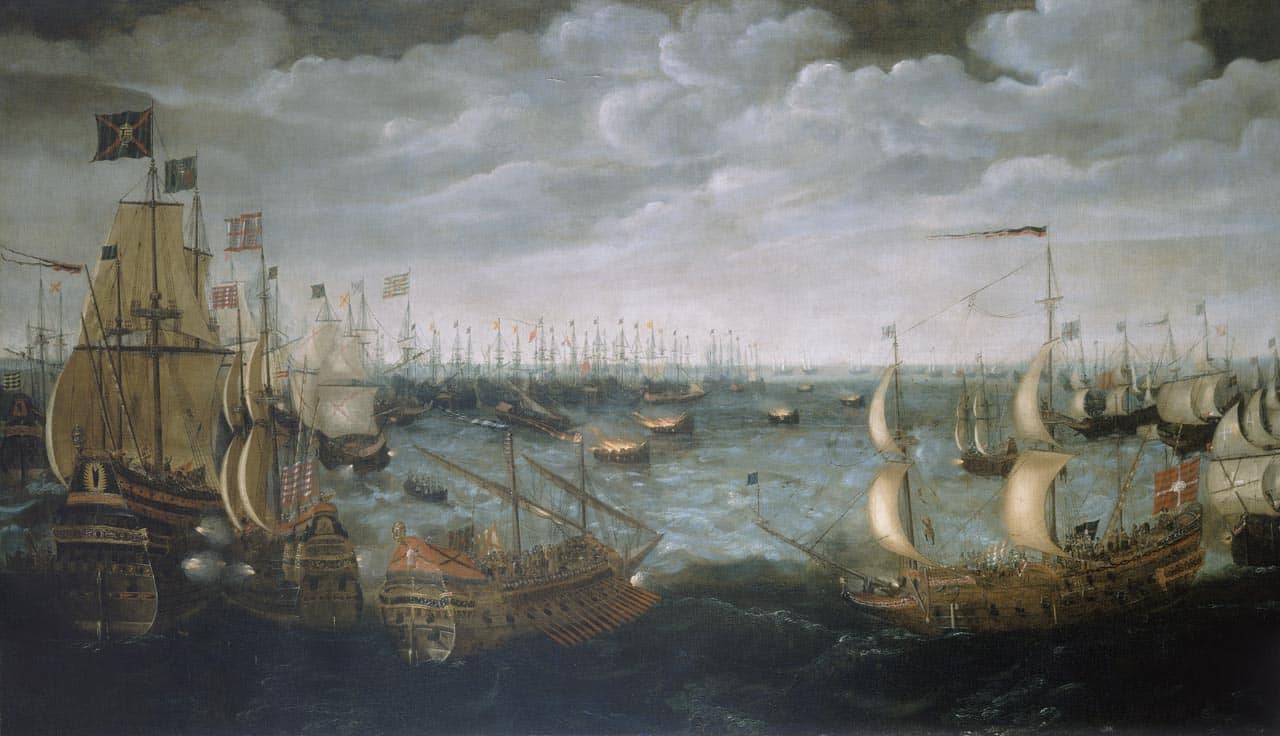
After repulsing English attacks for almost a week and anchoring at Gravelines, the English turned the tide of the battle.
The English loaded up old boats with anything that would burn and then set them ablaze. Once on fire, they sent the ships into the anchored Spanish fleet.
The eight "Hell Burners" were successful in their attack. When the Spanish recognized how much damage could be caused by these ships, many cut their anchors and fled the scene.
This broke their formation and made them vulnerable to attack.
#6. The English Took Control
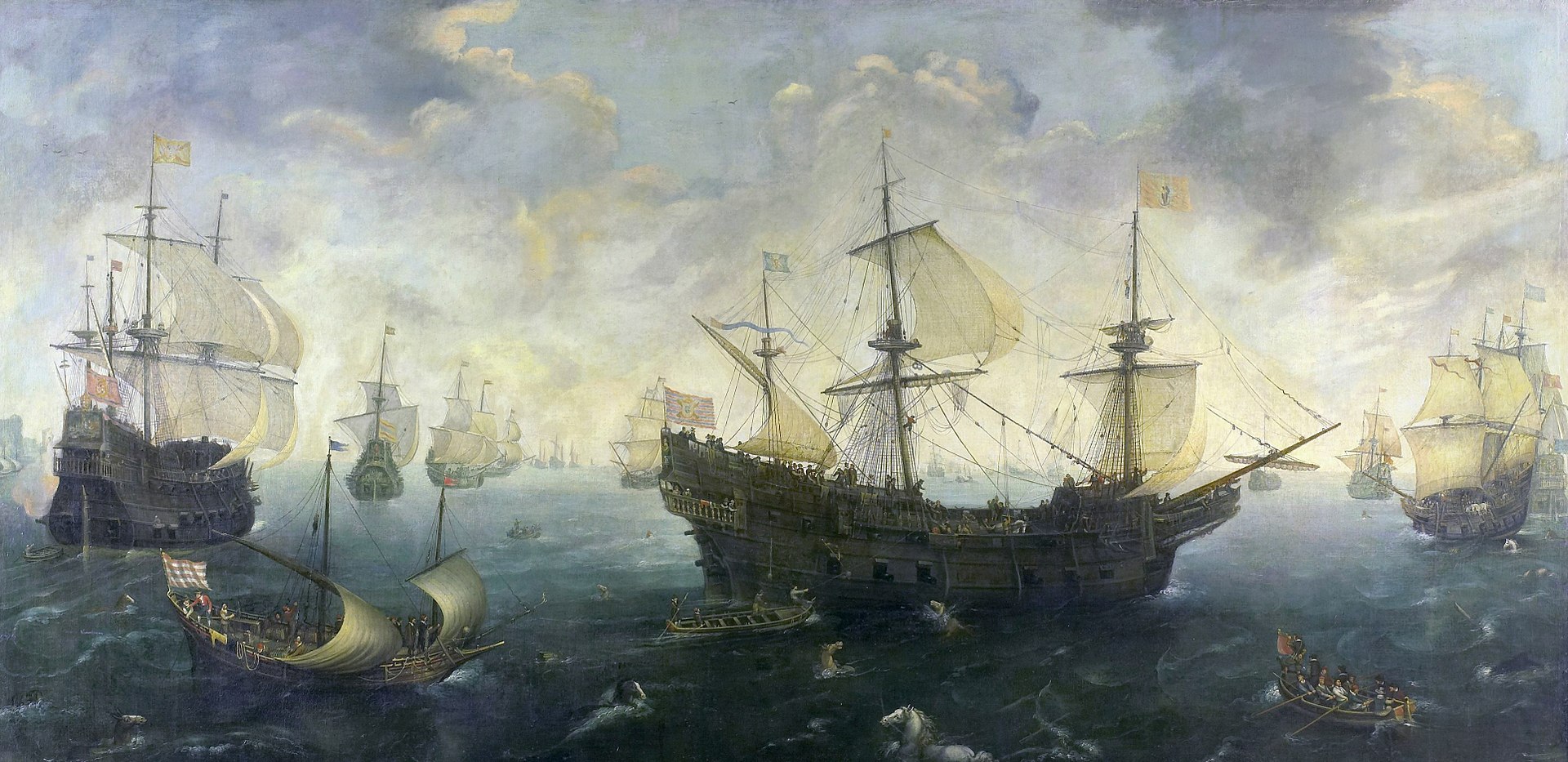
After the break in their formation, the Spanish began to retreat, but the English had cut off the Channel to the south. This forced the Spanish to sail around Scotland.
The Spanish took heavy casualties as they headed around the northern top of England with hopes of rounding Ireland and heading back to Spain.
The Spanish ships proved to be formidable when in their battle formation but were susceptible to the nimble English ships that could harass them from the back.
Eventually, the English ran out of ammunition and pulled back.
#7. A Storm Finished The Spanish Armada Off
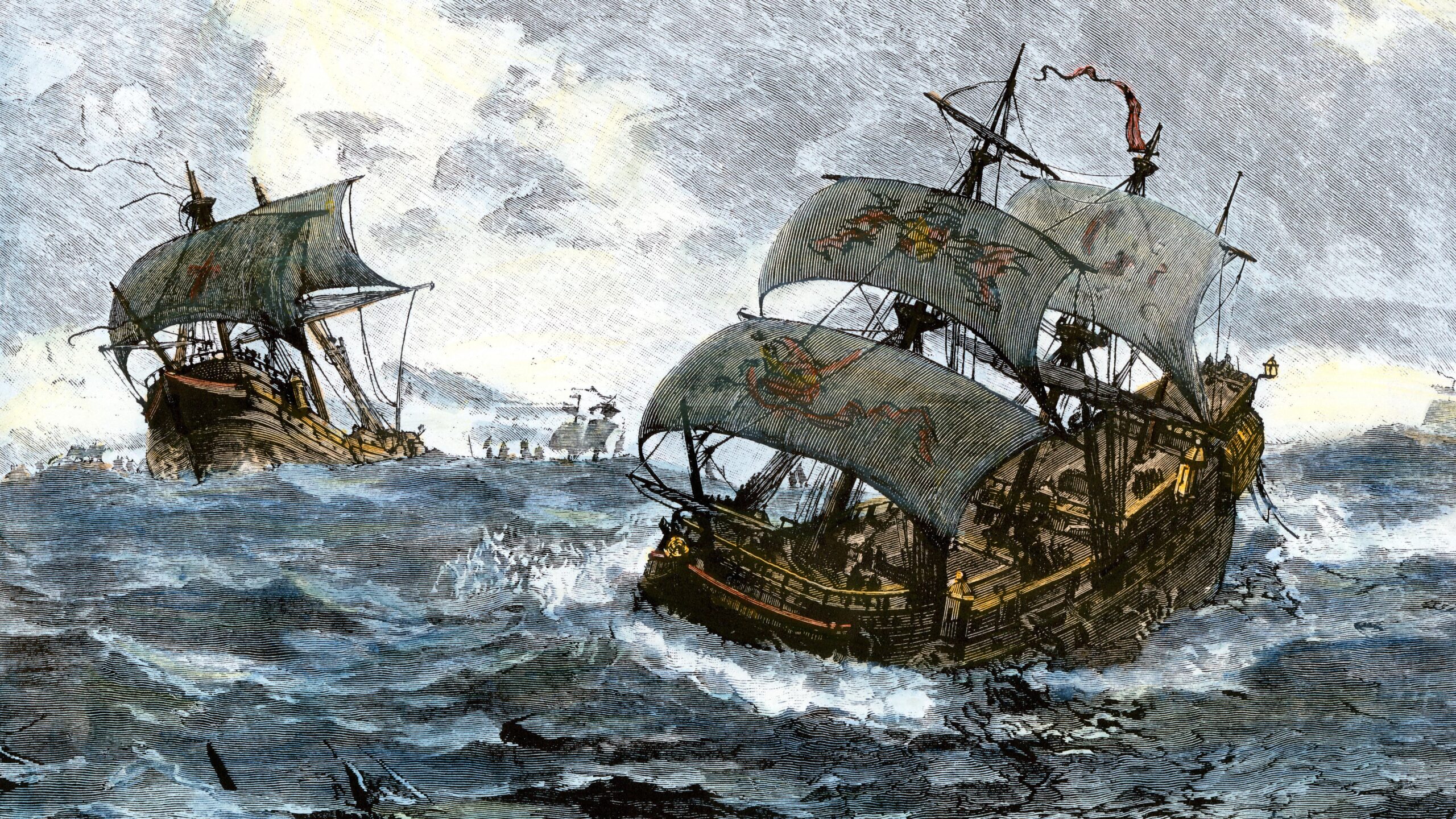
The Spanish Armada rounded the northern tip of Scotland in mid-September only to be met with a devastating storm. This was the worst thing that could happen to the Armada since they had cut their anchors previously.
Many of the ships were dashed on the rocks, and many sailors drowned in the rough waters.
After the storm passed, the Spanish sailed into what they believed to be a friendly Catholic Ireland, only to be met with more resistance when Spanish soldiers went on land to try and get some food. The men were killed, and the Spanish were forced to continue to Spain.
They arrived back in Spain, losing 20,000 men, and from that point forward, English power began to rise while Spanish power began to fade.
